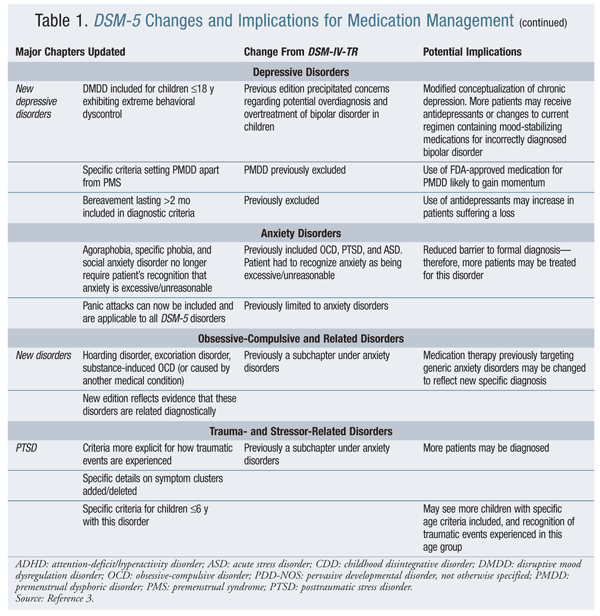
#DSM 5 DIAGNOSIS FULL#
The following chart shows the current, full DSM-5 diagnosis list. (The DSM-5, in contrast, only lists 297 disorders.) Z codes and V codes designate “other conditions that may be a focus of clinical attention”, but they are not considered disorders. To make matters even more complicated, the US uses its own variant of the ICD-10 called the Clinical Modification (ICD-10-CM), which has almost 70,000 diagnosis codes. These recommended, HIPAA-compliant codes were just updated in October 2021.

The ICD is currently in its 11th iteration (ICD-11), but the US will continue to use ICD-9 and ICD-10 codes for billing and classification purposes until it fully implements ICD-11 in ~2027.
#DSM 5 DIAGNOSIS MANUAL#
Rather, the manual uses coding protocols from the International Classification of Diseases (ICD), which was developed by the World Health Organization (WHO). The DSM-5 does not apply its own classification codes for each individual mental health disorder. I always knew there were certain behaviors that must be exhibited in order for a student to receive a diagnosis of autism or any of the subcategories of ASD like Asperger’s Syndrome or PDD-NOS. noticed immediately in the DSM-5 were those regarding criteria for diagnosis. The current version of this diagnostic manual is the Fifth Edition, or the DSM-5 (2013). The fifth revision of the Diagnostic and Statistical Manual of Mental Disorders (DSM-5) was the most controversial in the manual's history. DSM-5: Criteria For Diagnostic Analysis 727 Words 3 Pages. In the US, mental health professionals primarily use the Diagnostic and Statistical Manual of Mental Disorders (DSM), published by the American Psychiatric Association (APA), as an authoritative clinical guide to diagnosing and treating mental health and behavioral conditions. Disorders that people live with throughout the lifespan are called chronic mental illnesses. DSM-5 Diagnosis 296.23 major depressive disorder, single episode, severe 303.90 alcohol use disorder, moderate E11 Type 2 diabetes mellitus. Some psychiatric conditions may be temporary, occur occasionally, and never return again.


Mental disorders are connected with distress and/or impairment in functioning, whether that be socially, occupationally, or in some other dimension of life.Īccording to the National Institute of Mental Health (NIMH), about one in five adults lives with a mental disorder (any mental illness, or AMI) in the US, and about one in 18 American adults has a serious mental illness (SMI). DSM5 and Diagnoses for Children Coding Section III About the DSM5-TR Download fact sheets that cover general information and development of the DSM5-TR. Mental disorders (aka mental illnesses) are health conditions that involve changes in thinking, emotion, or behavior-or some combination of the three.


 0 kommentar(er)
0 kommentar(er)
